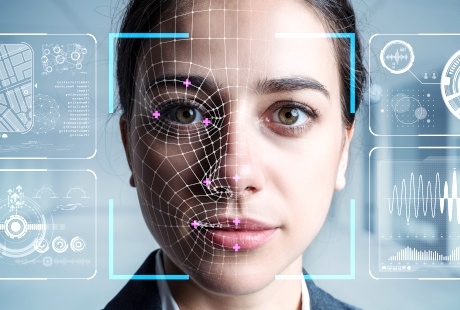- Home
- Applications
- Smart Homes, Offices & Spaces
- Smart Devices
Smart Homes, Offices & Spaces
Smart Toys
As the overall population becomes increasingly tech-savvy in this vast information automated age, so has the sophistication of toys for our future generation.
In this day and age, kids are also demanding higher complexity in their toys. Such examples can be seen from the amount of personalization, to the interactive ability that a modern toy communicates with its young users. All this sophistication requires complex sensory inputs to be able to allow for such interactive communication between the user and his/her toys.
Interactive toys can certainly be great learning tools. Today’s interactive toys in the market nowadays respond to commands such as the push of buttons or audio sensing that help to trigger series of cause-and-effect actions. PixArt is actively looking to take a step further by introducing gesture-control mechanisms, motion detection technology, and sensing into playgrounds to create high-fidelity toys.
Imagine an electronic dog toy built-in with PixArt's Gesture Recognition and MOT (Multiple Objects Tracking) sensors. As soon as its little master walks into the room, the e-dog will be awakened and walk towards him/her with a wagging tail. The little master may pat the dog’s head to make it sit down, or put out his/her palm near the dog’s front leg to make it do the handshake trick. To play fetch, simply throw a ball with built-in infrared light, and the smart little dog will track the ball and bring it back. These smooth and intuitive warm interactions are what we see in the next generation of interactive toys.
Additionally, with the emergence of a new generation of ultra-low-power visual sensors, not readily available before, toys can now extend the ability to not only recognize voice or gesture but to recognize facial, mood recognition, object, context around the user, etc.. An ultra-low-power visual sensor, such as PixArt's Global Shutter Image Sensor, can make all these new features a reality by keeping the visual sensor in a continuous monitoring mode and yet be power-efficient enough for a battery-operated toy. Most toys are mobile and wireless and thus the need for an ultra-low-power visual medium to be the “eyes” of the interactive toy to the outside world is utterly crucial.
Coupled with the emergence of AI, the ability to recognize the child playing with the toy could unlock certain features of the toy, only available to the owner, just as an example. Imagine the number of customizations and personalization opportunities that this could unlock, once the toy starts to “see” our world.
Drone Toys
Drone toys, one of the coolest toys ever invented in recent years, are gaining great prevalence across all age groups. Unlike their bulky aid delivery ancestors, drone toys are built to be lightweight, easy to control, and some even come with HD camera and video capabilities for capturing amazing aerial panoramas. Since they extend human vision to heights that we could hardly reach before, drone toys are widely used in sport and tourism photography that sometimes tend to blur the lines with commercial drones.
Conditions up in the air can be critical. Drones deployed for commercial photoshoot or video footage capturing are more likely to suffer from blurred image output if the stabilizing OMT sensors are not in use. The OMT sensors allow drones to remain steady in the air (even when it is windy) by continuously providing x- and y-axis tracking motion data to maintain the drone's stability in position. Without doubt, it is also important to have high quality built-in camera sensors in place to produce images in high definition and clarity.
These two major requirements can be achieved from our one-stop services. PixArt’s Optical Motion Tracking (OMT) technology has long been used on robots and drones for tracking purposes, and has proven to effectively improve device stability and re-positioning capabilities. On the other hand, PixArt's PrimeSensor™ CMOS Image Sensor SoC series offers a variety of digital and analog SoC camera sensors. These compact SoC sensors that adopt low-power architecture come in small chip sizes, making them ideal for drone or other battery-powered/size-sensitive applications.
To understand more about our drone related products, please check the product pages below for detailed specifications or contact us through our "Support" pages.
Related Products:
- PAW3903E1-TXQT (OMT)
- PAW3902JF-TXQT (OMT)
- PMW3901MB-TXQT (OMT)
- PAS6376LT ( PrimeSensor™ Image Sensor SoC)
- PAS6329LT ( PrimeSensor™ Image Sensor SoC)



